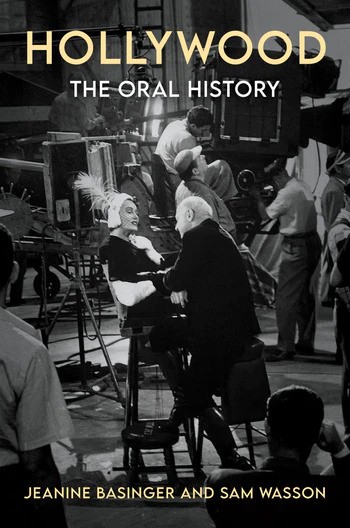In general, the book doesn’t fully register the big reversal of taste in American movie sensibility, by which the B movies are experienced as more vivid and revealing than much of the A-list stuff seems today. We hear a lot about M-G-M in the thirties, though it was barnacled by now unwatchable prestige projects (Luise Rainer as O-Lan in “The Good Earth”), and rather less about Paramount in the forties, when much of that great noir got woven. The critic Richard Schickel appears to explicate a version of auteur theory as a way of praising famously independent-minded directors, like Capra and Welles. Yet the more original point of the French theory was to suggest that otherwise obscure filmmakers might have had personalities and points of view that they were able to smuggle onscreen, against the grain of genre moviemaking. Edgar Ulmer and Joseph H. Lewis, who don’t appear in the book, along with directors like Leisen, became heroes of an “underground” cinema that didn’t know it was one. Whether the directors of hypnotically absorbing forties and fifties movies like “Gun Crazy” and “Detour” were fully self-aware artists or not is a much labored question; the real lesson is that America was so invested in stories of crime and illicit passion that it made the movies burn through even when they seemed, on the surface, formulaic. Just as there are many great songs and hardly any bad songs in the R.K.O. musicals of the thirties, the form being so flowing and strong from the jazz atmosphere around it, so there are very few dull B-movie thrillers of the forties, this form being buoyed up by the tides of tabloid headlines and pulp fiction.
But there was so much schlock in the system that seeing past it was often hard. Indeed, “Hollywood: An Oral History” makes clear that the shimmering masterpieces and the schlock disasters often rose from the same system and the same people, one after another. This happened most memorably in the case of the 1939 films “The Wizard of Oz” and “Gone with the Wind.” Both were made by more or less the same people, the crowd at M-G-M—even though the musical gets richer and stranger with subsequent viewings, while the Southern saga gets more ridiculous (and, in its way, repellent) with every passing year.
